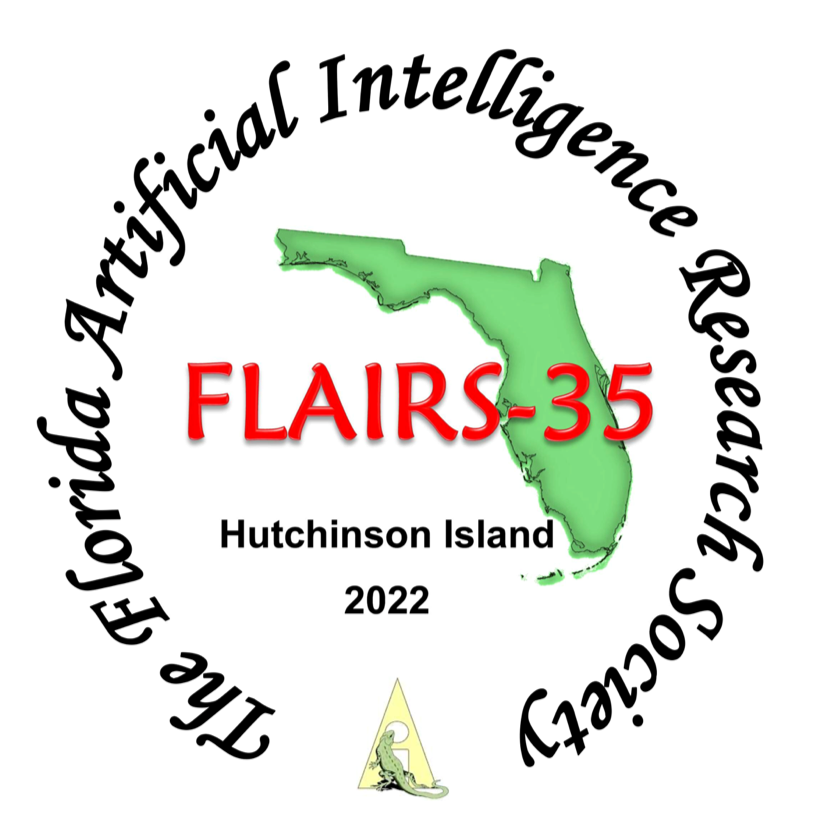Behaving Like Soldiers
A Multi-Agent System Approach to Course of Action Planning for Simulated Military Units
DOI:
https://doi.org/10.32473/flairs.v35i.130684Abstract
Training soldiers through virtual reality simulations has many benefits, two of which are reduced cost to conduct training operations and the ability to repeatedly perform activities that are not feasible in real life. The use of automated agents in place of human players or instructors has reduced cost. The sophistication of such agents can range from highly scripted scenarios designed to teach a specific concept to advanced artificially intelligent behaviors that react realistically to a wider range of in-game activities. Repeatability with realistic variation in the automated courses of action (COAs) is a primary objective, but often this comes at the cost of consistency to the doctrine (e.g., “what might I expect that support squad do in this case?”) and explainability of behaviors during after action review (e.g., “why did the enemy do that in this situation?”).
This paper describes early progress to develop advanced automated forces that are informed by a given corpus of doctrine. They anticipate future states with uncertainty to generate diverse COAs that guide higher level behaviors of nonplayer characters in a simulation, and they may be queried to explain behaviors at various points of the simulation. We are working with the US Army Combat Capabilities Command Soldier Center (CCDC-SC) to develop this technology for future integration into advanced virtual training systems.
Downloads
Published
How to Cite
Issue
Section
License
Copyright (c) 2022 Rob Kewley, Chris Argenta, Keith Brawner

This work is licensed under a Creative Commons Attribution-NonCommercial 4.0 International License.


